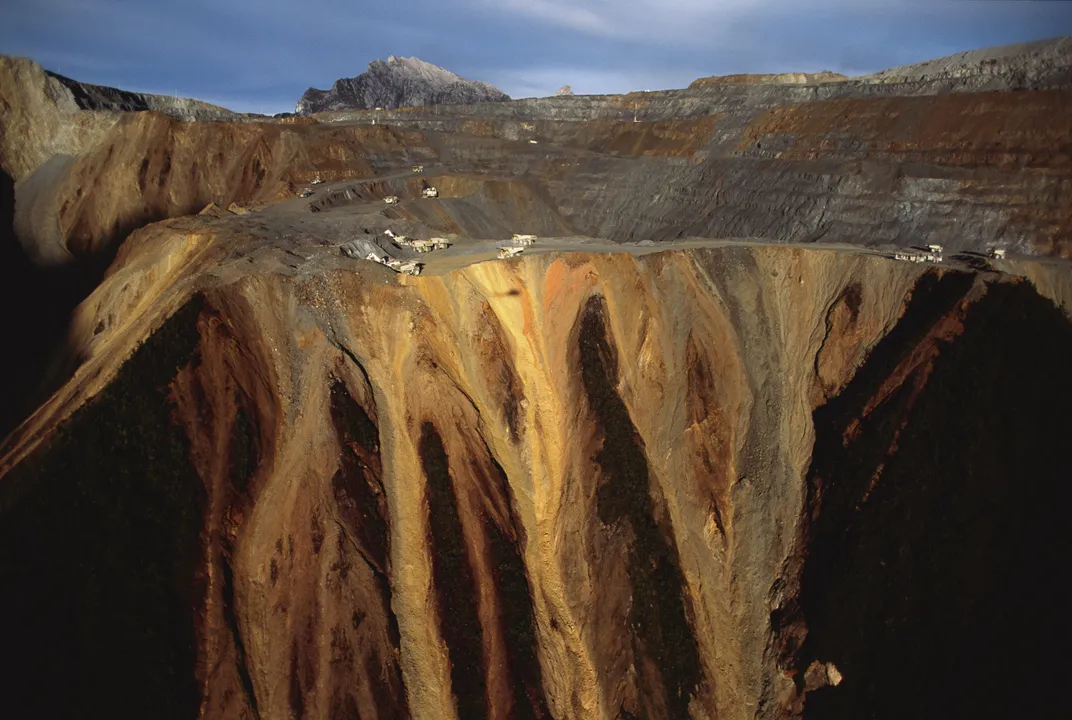A recently identified mineral, named kanatzidisite, was found in the mining dumps of the abandoned Nagybörzsöny gold deposit at Alsó-Rózsa in northern Hungary. Kanatzidisite, belonging to the class of materials known as chalcogenides, has historical usage in copper production and modern applications in catalytic reactions for fuel production, solar cells, and various materials.
This novel material holds potential for various applications—it could serve as an effective thermoelectric material, generating electricity from heat absorption. It might also exhibit properties of a topological quantum material, suitable for energy conversion or even function as a superconductor.
However, researchers must explore methods to produce more of it for further study,” stated Mercouri Kanatzidis, a materials scientist at the Argonne National Laboratory and professor at Northwestern University, in a media statement.
Kanatzidisite is aptly named after Mercouri Kanatzidis, a veteran researcher who has dedicated decades to studying chalcogenides. At the Argonne Lab, his focus extends to exploring the implications of these minerals for potential new superconductors, as well as applications in X-ray and gamma-ray detectors.
His journey into chalcogenide chemistry began as a graduate student, where he initially delved into the realm of sulphur-containing analogs of biological enzymes.
Among the vital catalytic reactions globally is the hydrodesulfurization of crude oil, a process crucial for removing sulfur from natural gas and refined petroleum. This process relies on molybdenum sulfide, a significant chalcogenide.
Mercouri Kanatzidis emphasizes its importance, stating, ‘If you take that catalyst out of the picture, our economy collapses.’
Driven by a desire to comprehend the stabilization factors of these compounds, Kanatzidis has devoted over 30 years to designing, predicting, and synthesizing new chalcogenides. Despite his extensive career, the newly discovered black mineral named kanatzidisite, with the chemical formula (SbBiS3)2Te2, is distinct from those he has previously created in the lab.
While sharing structural elements, kanatzidisite employs different building blocks.The exploration of these new building blocks has sparked fresh ideas in Kanatzidis’s laboratory. He notes, ‘There’s a loop of discovery emerging.
Knowledge from the geological realm about synthetic processes in the laboratory, coupled with principles discovered by geologists, can propel us chemists to greater heights and new discoveries.










